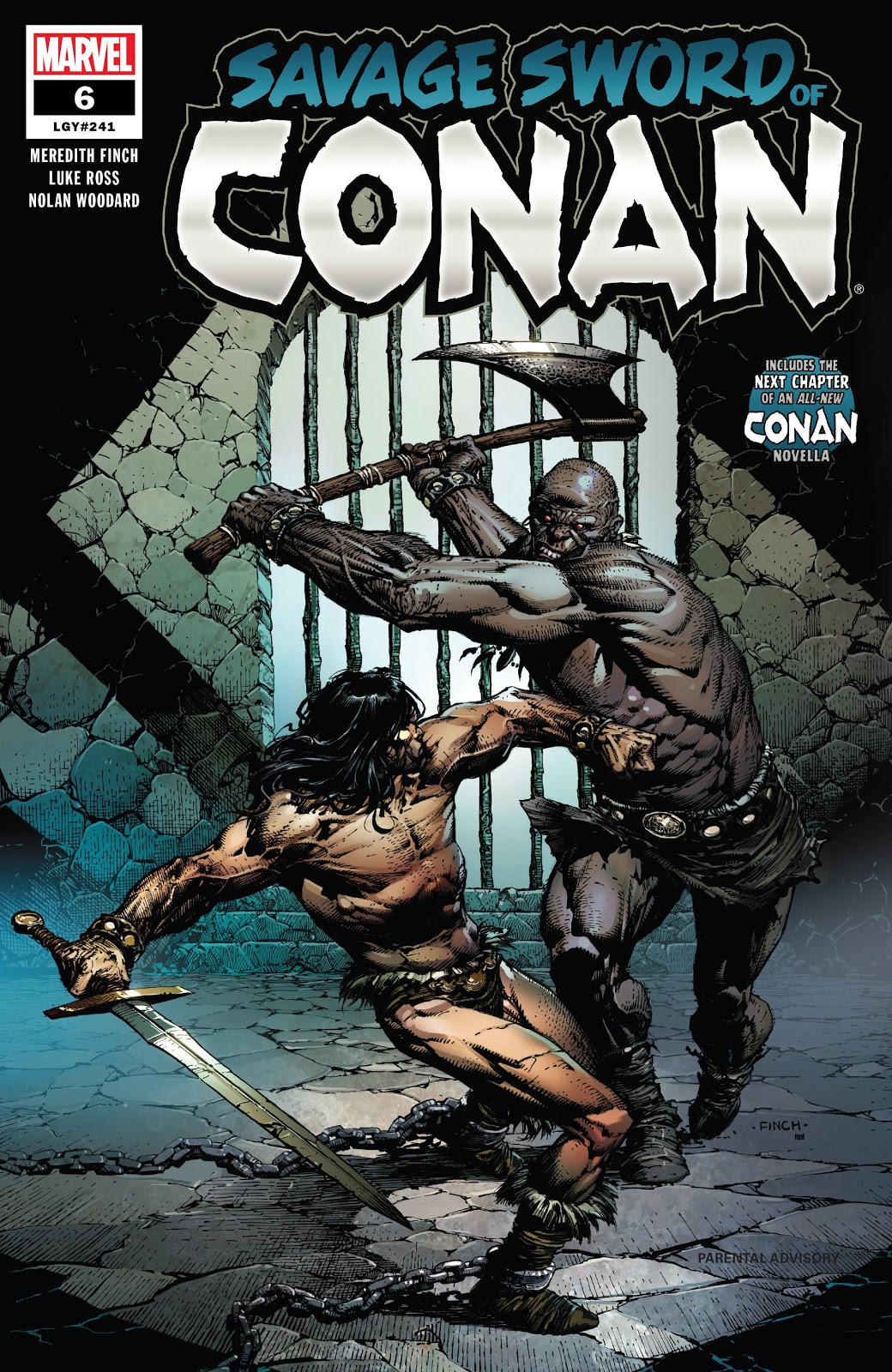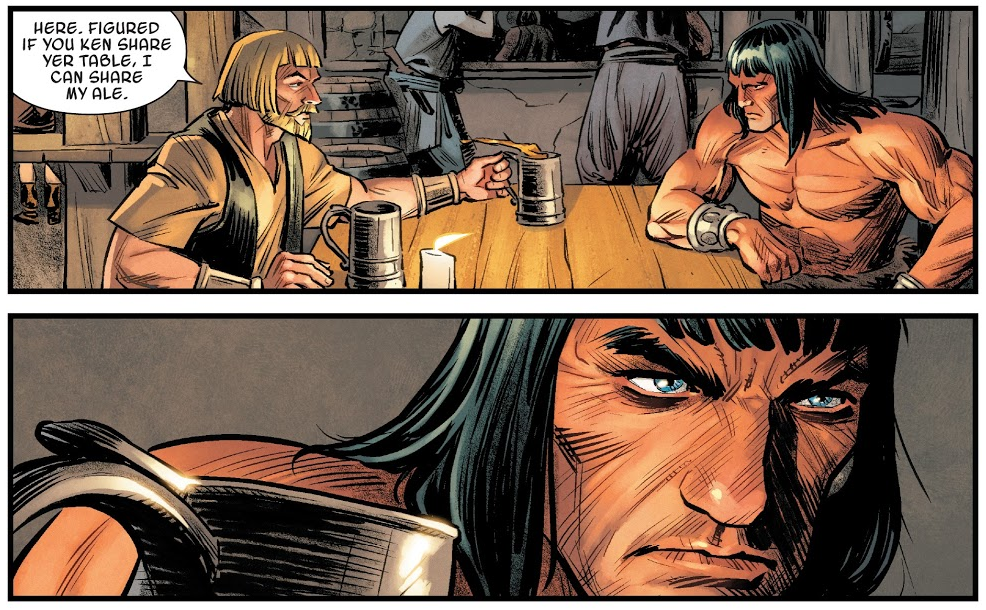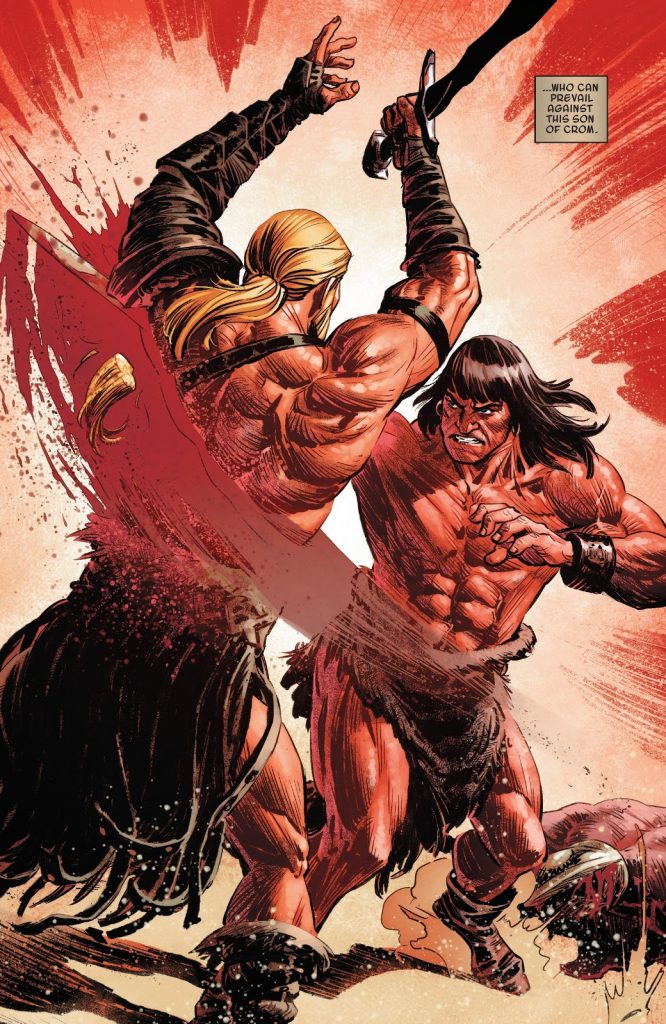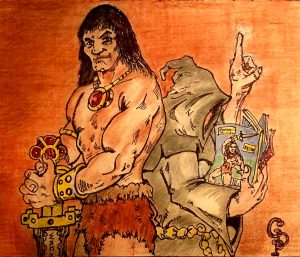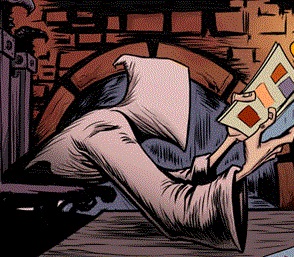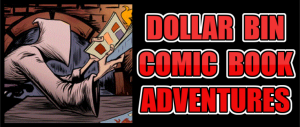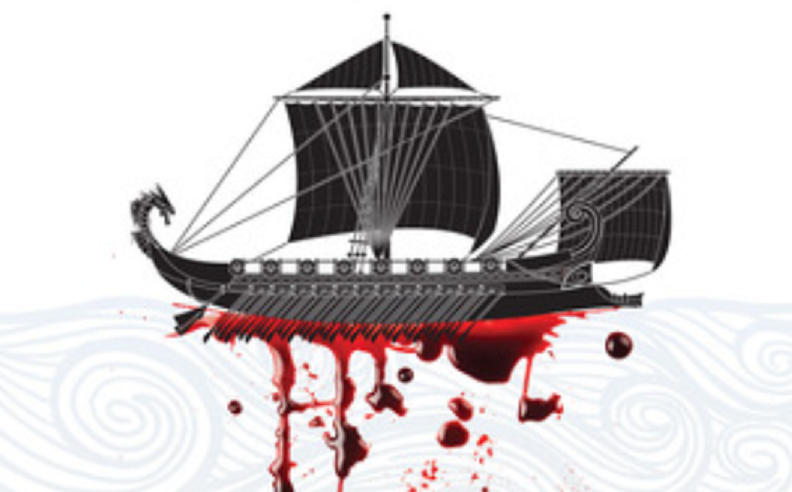
(EDITOR’S NOTE: Ever the Robert E. Howard scholar and pulp enthusiast, Paint Monk’s Library scribe and Occult Detective Bob Freeman spent some time chatting with Scott Oden about Conan, historical fiction, writing pastiches, and his numerous best-selling novels.)
By BOB FREEMAN – Paint Monk’s Library Writer
If you’ve been following Marvel’s re-acquisition of our favorite Cimmerian for the past year, then you’ve probably already caught on to one of the shining highlights of an otherwise uneven relaunch of Savage Sword of Conan — Author Scott Oden’s brilliant novella, The Shadow of Vengeance.
Set after Robert E. Howard’s “The Devil in Iron” (Weird Tales, August 1934), Oden takes us on a breathtaking adventure of daring and swashbuckling sword and sorcery that is immediately reminiscent of Howard’s legendary writing.
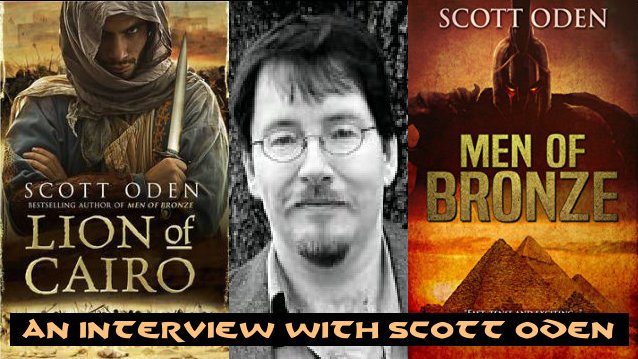
Oden’s tale is vivid and positively dripping with the pulp sensibilities that call to mind the original stories found in Weird Tales. Oden, however, brings a command of historical fiction, and, much like Conan’s creator, shapes the Hyborian Age in such a way that it feels authentic.
Oden is able to do what, to me, no other Conan pastiche author has, and that is to nearly perfectly recreate not only the cadence of Howard’s writing style but the very spirit of it as well. In The Shadow of Vengeance you will discover Conan as Howard conceived him — cunning, strong, and agile.
If you’ve not read through the twelve-part serial novella and consider yourself a Conan fan, you need to acquire them post-haste.
Obviously, I became an immediate Scott Oden fan and so reached out to him for a little chat. I think you’ll find our discussion insightful and we were certainly thrilled to have him sit down with us for a bit.
So, without further ado…
BOB FREEMAN
I discovered your writing through The Shadow of Vengeance, your serialized novella in the pages of Marvel’s relaunch of Savage Sword of Conan. I was immediately taken by your writing style, which mirrored so much of what excited me about Robert E. Howard’s prose. Tell us how you came to discover Howard’s Conan and the impact both writer and character have had on your life and career.
SCOTT ODEN
“I discovered Howard in ‘77 or ‘78, when I borrowed a copy of the Ace edition of Conan from my older brother. I was ten years old, and I’d already found Tolkien, that year, thanks to my grade school librarian, Ms. Hipps, and I was eager to read something similar. I liked the Frazetta cover, and that each story was relatively short. And I was hooked from page one.
Conan became the quintessential character of my youth. I was a chubby asthmatic kid from Alabama who shared nothing of the Cimmerian’s strengths or experiences. I was bad at sports and other physical endeavors, a total loss in regards to hunting or fishing or outdoor survival; I couldn’t fight my way out of a wet paper bag. But, I had one thing in common with Conan: I, too, was plagued by boundless curiosity. That was my touchstone with the Cimmerian, and from that I began to subsume other aspects of his personality, aspects I came to recognize much later in my life: his never-surrender attitude; his idea we were all doomed, but a man could write his own ending; his multiculturalism . . . all these things that became part of me had their birth in the pages of Howard’s prose.
Howard himself was my mentor, in a way. As a bookish kid, I was practically fated to try my hand at writing stories. And when I did, they were bad. Always these horrid pastiche things filled with stilted dialogue and ten-dollar words, like the worst aspects of Lovecraft filtered through a 14-year old’s sensibilities. Well, I wrote a three or four-page tale I was particularly proud of, about a knight going off to kill an ogre, and in a spate of courage I gave it to my brother to read. My brother, who was a newspaper editor and who wanted to write fiction himself. Yeah, so what I got back was a solid wall of scrawled editorial marks. It was savage, a beating in inscrutable blue hieroglyphics, each mark like a voice in my head taking me to task for daring to consider myself a writer. But, he wasn’t wrong. I had a lot to learn. So, once my ego healed sufficiently to contemplate writing again, I tried a different approach.
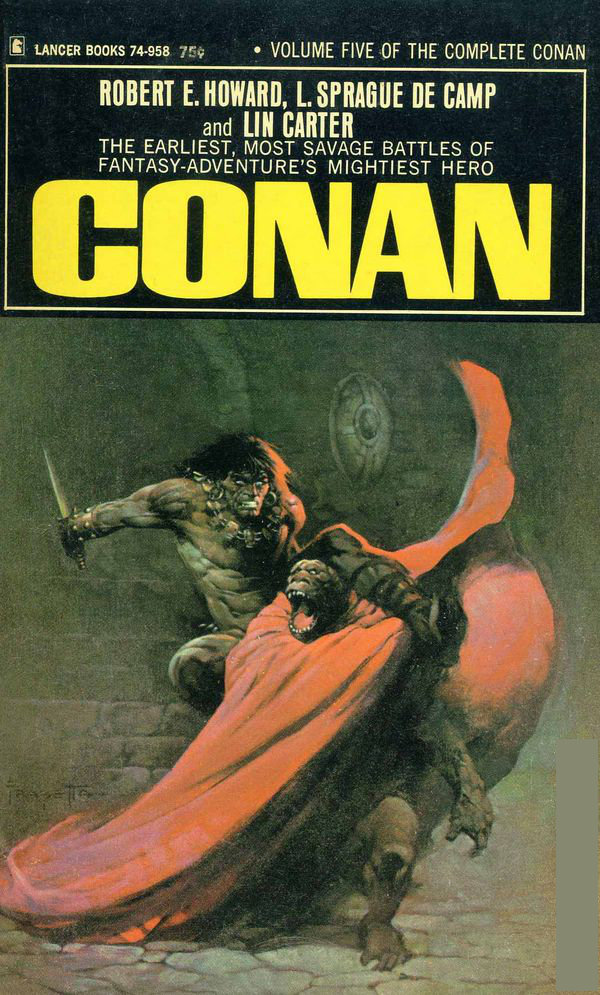
I sat down with a Howard story (well, a Howard and DeCamp story, really, ‘The Thing in the Crypt’) and started typing it verbatim. When I felt comfortable with the flow of words, I slowly started changing things. A word here and there, a line of dialogue, an image, until I veered off into new territory. In my version, the thing in the crypt reassembled itself and came looking for the Atlantean sword. Conan burned it after an epic fight atop a burial mound and scattered its bones as the sun dawned. And that’s what I mean by REH was my mentor; I learned to write by copying his style and vocabulary verbatim until I felt confident to add my own material. The rest was down to trial-and-error and Conan’s never-surrender attitude.
Oh, and the story about the knight and the ogre my brother tore apart? I rewrote it in the early 1990s using the same REH aesthetic I’d taught myself. It was called ‘Faith’, and while not great it did become my first ‘sale’ to a local SFF magazine.”
BOB FREEMAN
Of all the pastiche authors I’ve read, your Conan has come closest to the character that lives in my head. Your writing feels like lost history, which was Howard’s great appeal. World-building is a skillset all too often absent from many authors. What do you credit for your ability to make the setting as viable as the characters in your stories?
SCOTT ODEN
“If you notice, my settings are — like Howard’s — almost always historical. Late period Egypt, Asia Minor in the 4th century BC, 12th century Cairo, Viking Age northern Europe, and 13th century Sweden. Even those with strong elements of fantasy have their grounding in history. That, I think, is the secret, and it is a secret REH knew only too well; no amount of world-building I engage in will ever rival the depth, detail, or sheer reality of ancient and medieval history. Those time periods are the wellspring of modern fantasy, from the monsters and sorcery folk back then believed in to the breadth of their religious pantheons to their folktales and sagas. Why, then, would I seek to reinvent the wheel (especially a wheel that would look suspiciously like the prototype handed down by my ancestors) when I have the plans for a perfectly good wheel at my fingertips?
How I make them viable is a mystery to me. In The Lion of Cairo, the city simply came alive without any effort on my part. It was a mixture of fact and fancy, that picture of Cairo, with elements drawn from ancient Egypt, the Arabian Nights, the Mameluke period, and REH’s Crusader stories. They worked. These elements gelled into something all its own, and those who read that book commented on the fact that the city seemed a character in itself. I wish I knew how I did it, but it just happened. Same goes with the Viking Age setting of A Gathering of Ravens. It’s ridiculously fictional, but weighted with just enough fact to give it the semblance of life. That’s probably my writer-superpower.”
WALLY MONK
L. Sprague de Camp and Lin Carter are well-loved by some and detested by others. When you interpret Conan in your work, readers – Howard fans in particular – will have a specific Cimmerian in mind as they take in your work. How do you temper or hone your own creativity to appeal to a character who is so beloved and established a certain way in the minds of many readers?
“The thing I’m trying to do is evoke Howard himself. To tap into that vein that made the Cimmerian so popular in the first place. So, when I’m working on Conan, and I’ve written two stories featuring the Cimmerian (The Shadow of Vengeance and Conan Unconquered), I try to forget everything pastiche. No comics, no Tor novels, no De Camp or Lin Carter. I focus solely upon the words of REH. And I’m consciously attempting to write in his style, in his voice; I lift everything from his vocabulary to his worldview, even going so far as to hunt down copies of historical texts he might have owned and read to adopt the same historical nomenclature, regardless of modern convention.
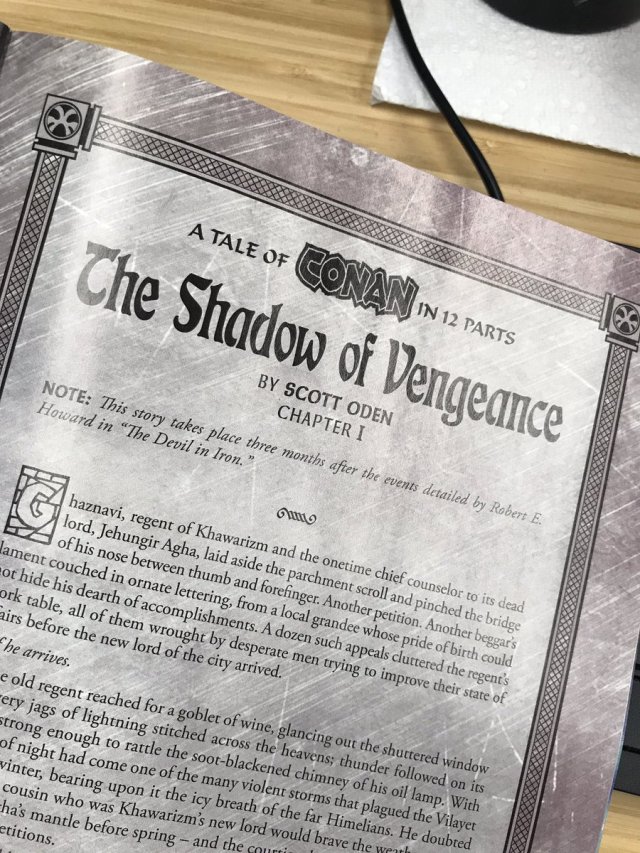
I’ve made files for myself with nothing but Conan’s dialogue from the original Weird Tales stories, which help capture the Cimmerian’s voice. And I write with the Del Rey editions at my elbow, in case I need to look something up. I’ve sworn an oath never to write anything that contradicts any fact REH established about Conan — so, for example, you’ll never see a story from my pen where Conan allies himself with the Picts, which would contradict what Howard wrote in ‘The Black Stranger’: A momentary anger flickered bluely in the giant’s eyes. ‘Even a Zingaran ought to know there’s never been peace between Picts and Cimmerians, and never will be,’ he retorted with an oath. ‘Our feud with them is older than the world. If you’d said that to one of my wilder brothers, you’d have found yourself with a split head.’ Thus, the storyline in the recent Conan the Barbarian comic where Conan fights alongside Picts contradicts what Howard wrote, it’s foreign to the character up until this point in his life. Might he ally himself with Picts later in life, after the events of ‘The Black Stranger’? Perhaps. But no story cast before this time should even entertain the notion. No pastiche should ever gainsay Howard’s own canon. It’s our job as writers to work inside the framework REH built, and not change the architecture of that frame to make it fit our own stories.”
BOB FREEMAN
Based on a single chapter in Savage Sword, I purchased Memnon and Men of Bronze and thoroughly enjoyed both. I saw influences by writers such as Steven Pressfield, Bernard Cornwell, and, of course, Howard. But I also got the sense that you had read some Harold Lamb, a writer I absolutely adored in elementary school. Growing up in rural Indiana, books were highly coveted but hard to come by and I was lucky enough to discover a dozen first edition Lambs in my small town library. Is it possible Lamb was an influence as well?
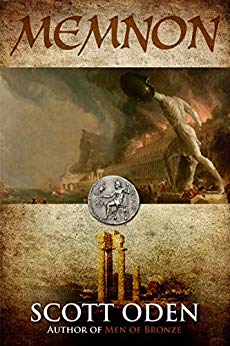
SCOTT ODEN
“You’ve a good eye! Yes, Lamb was an influence — especially on Memnon, which owes its existence to a thread in Harold Lamb’s Alexander of Macedon concerning the love of Alexander’s concubine, Barsine, for her dead husband, Memnon of Rhodes. Memnon was supposedly the only man Alexander had qualms about facing on the battlefield, and the scorched earth campaign Memnon advocated to the Persian king, Darius, would have throttled Alexander’s ambitions. And we see flashes of Memnon’s cunning, such as at Halicarnassus when he made Alexander waste Macedonian lives on what amounted to a meaningless siege (Memnon did his damage and sailed away, under no threat since the Persian navy still controlled the sea).
Lucky for Alexander that Memnon died. And after the Battle of Issus in 333 BC came the capture of Damascus, where Barsine became his concubine (he also captured the Queen of Persia, her sister, the Queen-Mother, and the whole of Darius’s household . . . all of whom he treated with the utmost respect). A couple of years later, according to Lamb, Alexander found a piece of jewelry in her possession bearing a love-inscription from Memnon to his wife. Lamb stated that Alexander would be second to no one, and dismissed Barsine with honor. That episode fired my imagination, and from it a book was born.”
BOB FREEMAN
Discovering your novel A Gathering of Ravens was one of the high points of my year. Grimnir is a terrific character — savage and vengeful, but with a complexity and depth that elevates him and makes him both sympathetic and relatable. I picked up on elements of Irish and Norse myth, even aspects of Beowulf take the stage, and your knack for hammering sword and sorcery into historical fiction is refreshing for someone who has been obsessed with both genres since childhood. The second book in the saga will be out soon. What can you tell us about Twilight of the Gods“ and what sort of insights can you share about Grimnir’s creation?
SCOTT ODEN
“Grimnir is one of my oldest characters, though he’s gone through several incarnations to get here. Back in the idle days of youth, one of my best daydreams was that I had befriended an Orc from Tolkien. That Orc would go to school with me, lurk around the campus, and dispatch anyone who decided to pick on me. Some bully would corner me, in these daydreams, and find the tables turned when my Orc appeared. He resembled Tolkien’s description of Shagrat in The Return of the King, with his long knife and apish build. Well, daydreams led to a desire to write, and that particular daydream was one of my first boyhood stories — hastily scrawled on a couple of sheets of loose-leaf paper, with little illustrations in the margins. I think my Mom was the only one who ever saw it, and then only in passing. I’m not sure what happened to that early tale, but it most likely ended up in a box somewhere ‘ere it was consigned to one of my Dad’s frequent burn barrels.
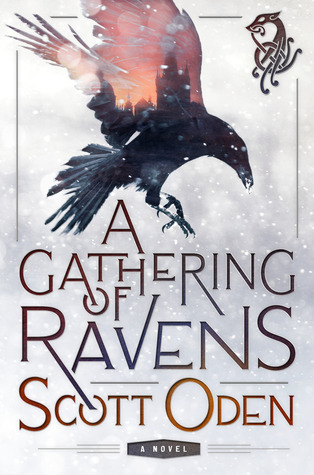
But, that childhood dream took root. I wanted to write something with an Orc — not necessarily an agent of evil, but definitely out for his own ends. Many years later, after three books, I had the opportunity. Originally, I planned it as a secondary world fantasy where Orcs were a slave-warrior race serving an empire of monotheistic zealots — kind of a fantasy analogue of Mamelukes or janissaries — until one rose up, embraced the old ways, and led a Spartacus-like rebellion. To me, though, there was nothing really special about that idea. It had been done before, by the likes of the stellar Stan Nicholls. No, I wanted untrod ground.
I decided to wrench an Orc from Tolkien and shoehorn him in our historical past. That was unique, I thought. But a friend and frequent beta reader, Josh Olive, told me it couldn’t be done, not without coming across as silly or super cheesy. I took up his thrown gauntlet, and thus was Grimnir born — an Orc, the last of his kind, driven from the pages of Tolkien and into the annals of Norse myth. And the grim gray world of the Vikings accommodated Orcs like they were made to be there. They were pure, distilled Northern rage and the tale of the last of their kind and his quest for vengeance fairly spilled off my pen.
And people liked it! Publishers Weekly gave it a starred review. My editor wanted another, if I could. And so, Twilight of the Gods came into being. It’s set a couple of centuries later, with Grimnir (like the Orcs in The Silmarillion, his folk are immortal, immune to disease, but likely to die in battle) facing off against a zealous Northern Crusader on the eve of Ragnarok.
There’s a third one planned, called The Doom of Odin, which takes Grimnir into Italy and France during the Black Death, to finish what was started back before Rome fell to the barbarians.”
BOB FREEMAN
One of the things I loved about A Gathering of Ravens was how it felt like an epic Dungeons & Dragons campaign writ large. I know you, like myself, are still an avid player. What sort of influence has D&D, and RPGs in general, had on your writing?
SCOTT ODEN
“I don’t think it has had a direct effect on my writing, but rather it influenced me through my reading. Appendix N, man! That became my catalog, and when my library fell short, my brother let me borrow his copies of Zelazny, Vance, ERB (whom I did not like), and Lovecraft. The greatest gift RPGs gave me was a shared language to meet people. I was always terminally shy, but DM-ing at local cons thrust me right out of my comfort zone and forced me to talk. I met a few lifelong friends this way.”
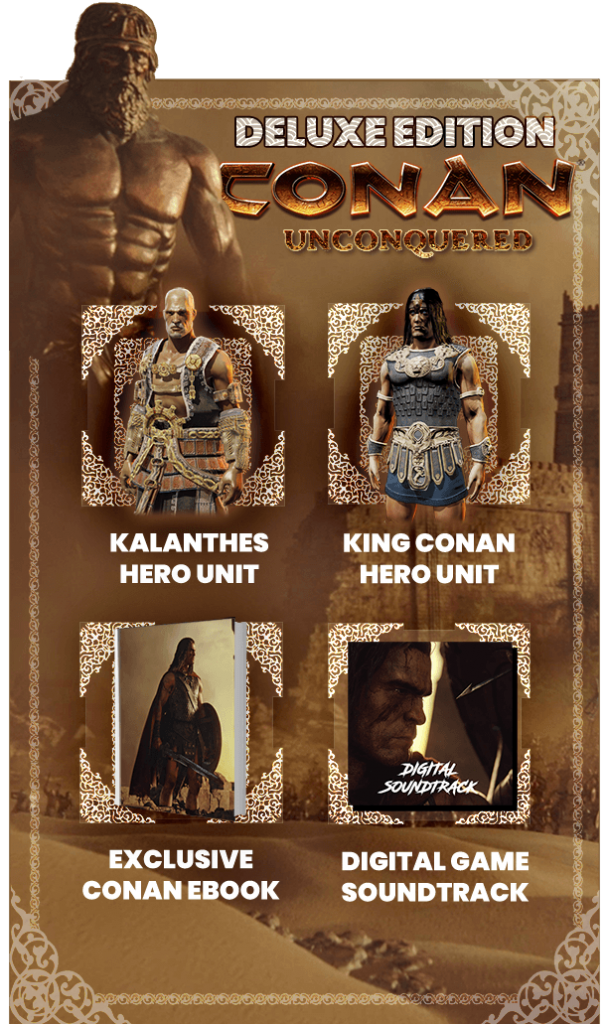
Oden’s tale Conan Unconquered was included with the Deluxe Edition of the PC game bearing the same title.
BOB FREEMAN
Which leads us back to Conan. The Shadow of Vengeance was a simply brilliant pastiche and Conan Unconquered followed suit as a compliment to Howard’s “Black Colossus”. Surely there are more Hyborian adventures in your future?
SCOTT ODEN
“There are! I’m currently finishing up a novel-length tale of everyone’s favorite thief from the Hyborian Age – Shevatas. I’m expanding the hints REH gave about his life and legacy, his drive to seize the score of a lifetime, and the unmentioned effect the looting of Thugra Khotan’s tomb might have on the sorcerers of the Black Ring. After that . . . who knows? I might return to tackle the rise of Conan to the throne of Aquilonia. All will depend on how well Shevatas does with readers.”
BOB FREEMAN
As we’re largely a comic review site, I’d be interested to know what comics struck a chord with you growing up and what books you still follow. Have you ever had an interest in writing comics?
SCOTT ODEN
“I’d love to try my hand at writing a Conan comic! It would be a wholly new experience for me, and a bit of a challenge. Growing up, the only title I collected was the original Savage Sword of Conan. I love the B&W large format! And the art! Earl Norem was my favorite cover artist, and Buscema’s illustrations formed the basis for Conan in my imagination. I had a few random issues of other titles, but nothing grabbed me like SSoC.”
BOB FREEMAN
And finally, to wrap things up, it’s Desert Island time. You’re shipwrecked for a year and you’ve got one book to keep you company. What is it?
SCOTT ODEN
“The rational side of my brain would choose Survival for Dummies. But, if everything were taken care of, I had food and shelter and means to make fire, I’d probably choose a massive thousand-page blank notebook and a supply of pencils. I’d write my own book to keep me company.”
BOB FREEMAN
Thanks for joining us here at the Library, Scott. It’s greatly appreciated. And if you can pull any strings with Cabinet, I would love to play in that sandbox. 😉
SCOTT ODEN
“Thanks for having me! Hey, just do what I did: write stuff reminiscent of REH, publish it as large as you can, and once you hear rumors stirring that Cabinet might be resurrecting the old publishing program, begin a concerted effort to get their attention. I begged via email. No shame :)”
***

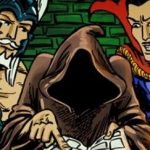
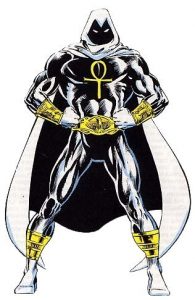

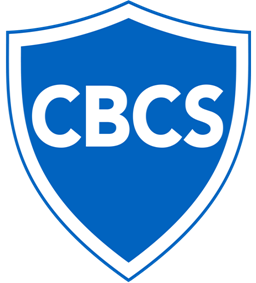
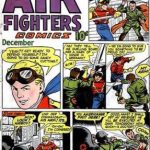

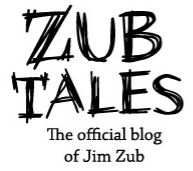

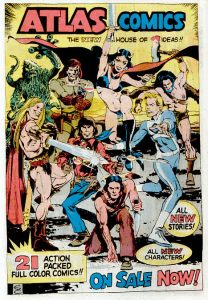

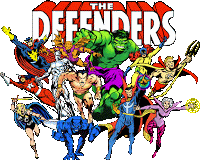
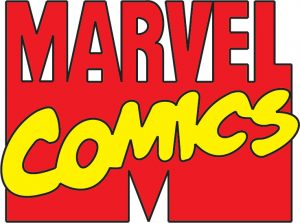
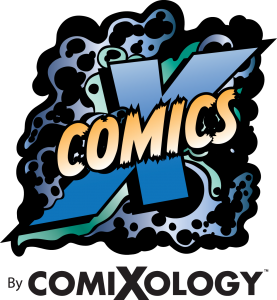
 December 22nd, 2019
December 22nd, 2019 

